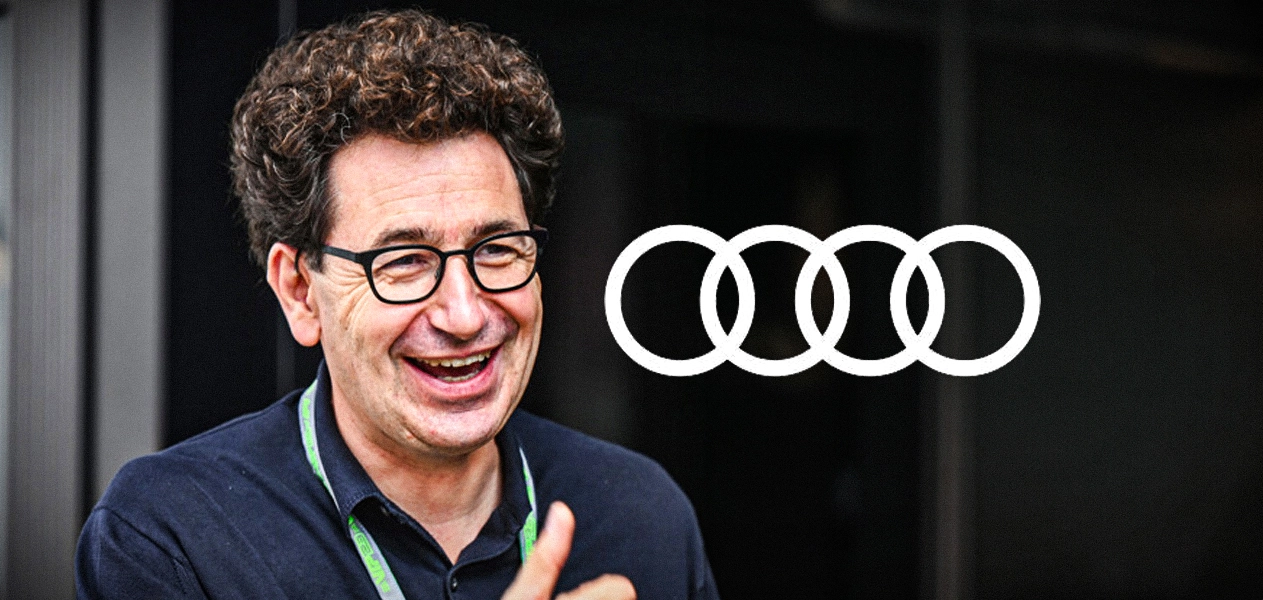FIA World Motor Sport Council approves PU regulations
The FIA World Motor Sport Council (WMSC) announced on 16th August that it had approved the new power unit regulations which will be introduced from the 2026 season. The new regulations will see an increased electrical power and 100% sustainable fuels as the major new introductions. The new regulations will also see the MGU-H or the Motor Generator Unit Heat, be removed while the power output to the power units’ Energy Recovery Systems will be increased to 350 kilowatts.
The new regulation cars will have more power and will also be less energy, compared to the ones now. Additionally, they will also produce net zero exhaust CO2 emissions.
The four main points of the new regulations are as follows :-
- Maintaining the spectacle – the 2026 Power Unit will have similar performance to the current designs, utilising high-power, high-revving V6 internal combustion engines and avoiding excessive performance differentiation to allow for improved race-ability.
- Environmental sustainability – the 2026 Power Unit will include an increase in the deployment of electrical power to up to 50% and utilise 100% sustainable fuel.
- Financial Sustainability – Financial Regulations regarding the Power Units will reduce the overall costs for competitors whilst retaining the cutting-edge technological showcase that is at the core of Formula 1.
- Attractive to new Power Unit Manufacturers – the regulations are intended to make it possible and attractive for newcomers to join the sport at a competitive level.
Speaking about the new changes, Mohammed Ben Sulayem, President, FIA, commented,
“The FIA continues to push forward on innovation and sustainability – across our entire motor sport portfolio – the 2026 Formula 1 Power Unit Regulations are the most high-profile example of that mission.
‘The introduction of advanced PU technology along with synthetic sustainable fuels aligns with our objective of delivering benefits for road car users and meeting our objective of net zero carbon by 2030. Formula 1 is currently enjoying immense growth and we are confident these Regulations will build on the excitement our 2022 changes have produced.
‘I want to thank all of the FIA management and technical staff involved in this process for their diligence and commitment in working together with all of our Formula 1 stakeholders to deliver this. I also want to thank our WMSC members for their consideration and approval of these regulations.”
The World Motor Sport Council also announced changes to the 2022 and 2023 Technical Regulations while addressing the issues of porpoising and safety standards of roll hoops.
To address the issue of aerodynamic porpoising, from the 2023 season, the following changes will be made :-
- The floor edges will be raised by 15mm
- The diffuser throat height will be raised
- The diffuser edge stiffness will be increased
- An additional sensor will be mandated to monitor the porpoising phenomenon more effectively
WMSC has also introduced changes with regards to safety standards for the roll hoops on the cars, especially after Alfa Romeo’s Zhou Guanyu’s horrific crash at this year’s British Grand Prix.
The changes which will be introduced from the 2023 season are –
- A change to require a rounded top of the roll hoop, which will reduce the chance of it digging into the ground during an accident.
- A change to ensure a minimum height for the point of application of the homologation test.
- Creation of a new physical homologation test where the load pushes the roll hoop in the forward direction.
- Definition of new tests to be carried out by calculation.
Commenting on the safety changes, Mohammed Ben Sulayem, said,
“Safety is absolutely the highest priority for the FIA, and we have devoted significant time and resources to the analysis and resolution of the issue of porpoising. I have personally discussed this matter with all of the teams and drivers, and while of course there are some differences in opinion owing to varying competitive positions, it is very clear that the FIA has a duty to act and ensure that the drivers are not put at undue risk of injury as a result of this phenomenon.
‘It was evident that an update to the requirements for the roll hoops was needed after the crash of Zhou Guanyu at Silverstone, and while this incident showed us all how remarkable the safety systems in Formula 1 are, it also proved once again that we must continue to innovate and pursue safety matters without compromise.”






Leave a Reply